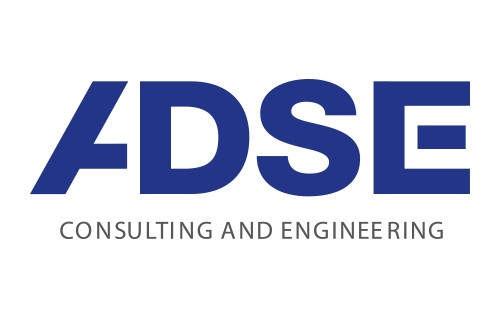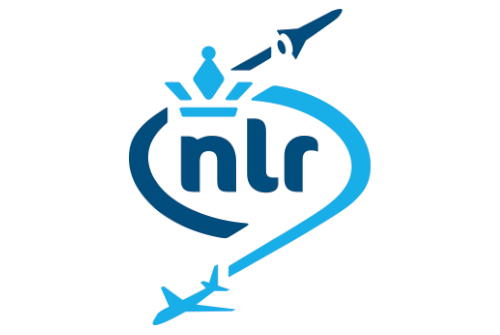Introduction to certification in aviation
Certification in aviation is essential — it ensures safety by complying with applicable regulations and standards. Many companies start innovating and only later realise that certification requires significant time and resources. By understanding requirements early and aligning your design and processes with the standards from the start:
- ✓ You avoid delays in market entry and unnecessary capital-intensive development iterations.
- ✓ You build a strong intellectual property position early, increasing your attractiveness to investors.
- ✓ You increase your professional credibility, which improves stakeholder confidence and your chance of success.
- ✓ You find the right partners and advisors sooner.
Who needs certification?
Not only aircraft manufacturers!
| Organisation type | Examples | Type of certification |
|---|---|---|
| Design organisations | OEMs, start-ups, modifiers | Design Organisation Approval (DOA) |
| Production companies | Airframe, components, interiors, suppliers | Production Organisation Approval (POA) and/or AS9100 |
| Maintenance organisations | MROs, line maintenance, overhaul | Maintenance Organisation Approval (Part-145) |
| Component suppliers | Avionics, engine parts, composites | Material & process testing + supplier approvals |
| Test & measurement companies | Wind tunnels, battery labs | Accredited test certificates |
| Flight test organisations | Flight test centres, prototype testing teams | Approved Test Organisation (ATO) / Flight Test Operations approval |
Certification at a glance
A simple overview of the typical path from idea to a certified aviation product or organisation.
Idea & Concept
Map the use case and early safety assumptions. Identify which approvals may apply (EASA/ILT).
Design & Testing
Align your design with applicable requirements. Plan verification & validation (analysis, ground/flight tests).
Application
Submit your application with evidence (plans, conformity, test results) to the competent authority.
Audit & Inspection
Authority reviews, audits and inspections for compliance (processes, product, operations).
Certificate
Certificate granted. Continuous oversight applies to keep privileges (changes, surveillance).
Certification-related items in Europe
Explore ongoing projects focused on accelerating certification in aviation. These initiatives can help you connect with relevant partners, share expertise, and stay aligned with regulatory developments.
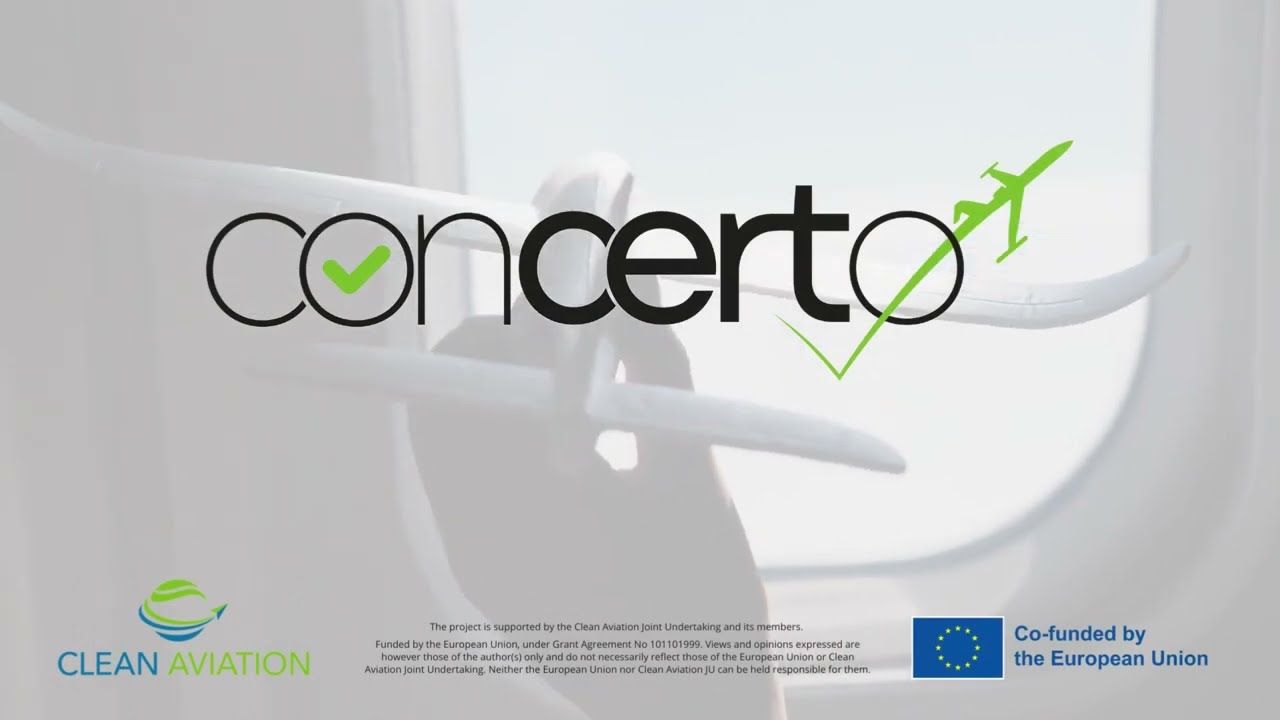
EU project developing novel certification methods and digital frameworks for next-gen aircraft.
Open link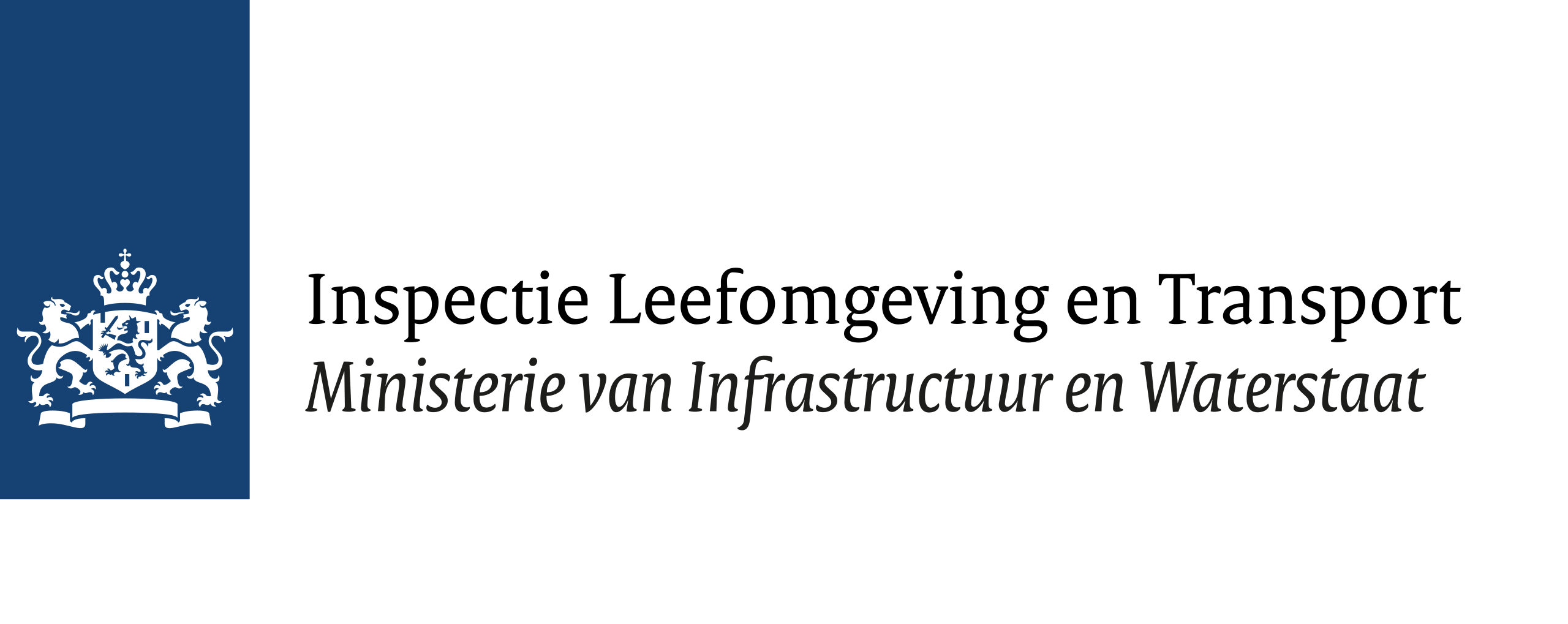
Dutch authority page for aviation oversight, approvals and guidance.
Open link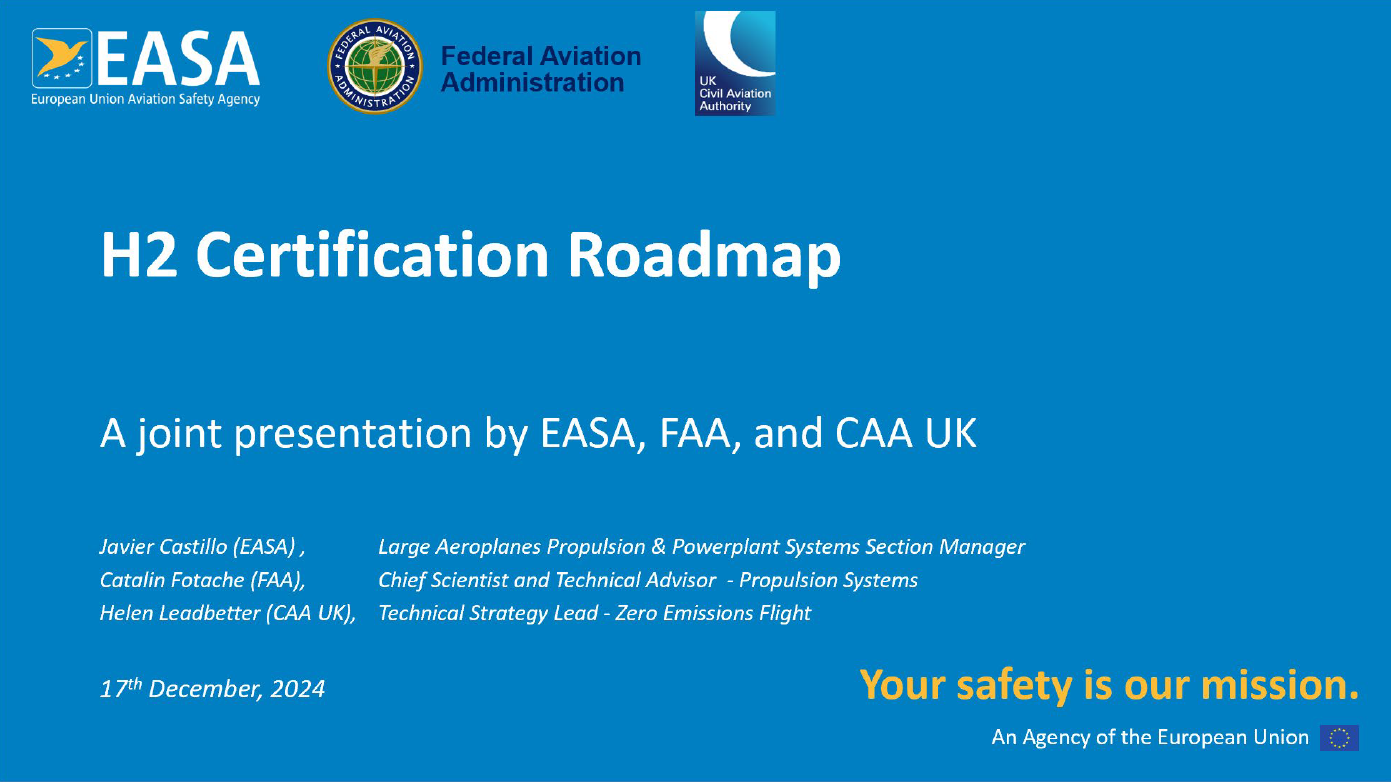
Roadmap outlining the approach to certify hydrogen-powered aircraft and systems.
Event materials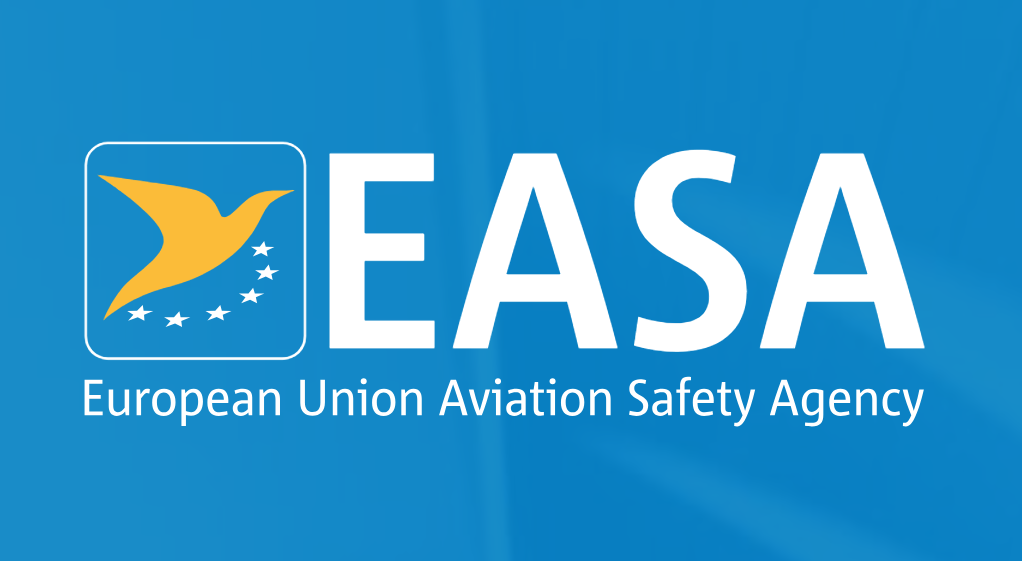
Three days of exchanges between EASA and industry on certification, sustainability, SMS implementation, and Part 21 developments.
Event materials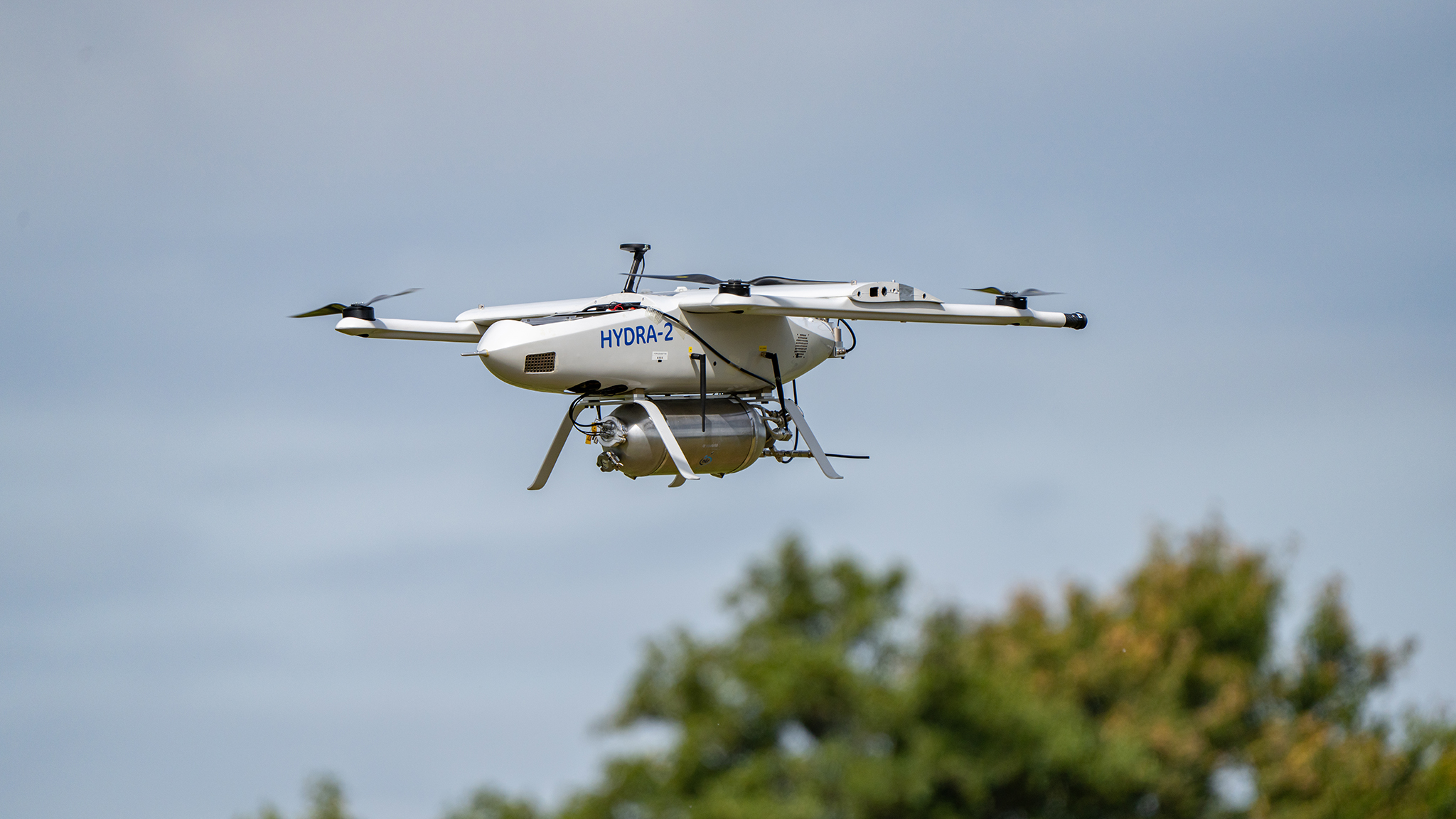
Research insights on hydrogen technologies relevant to certification aspects.
Learn more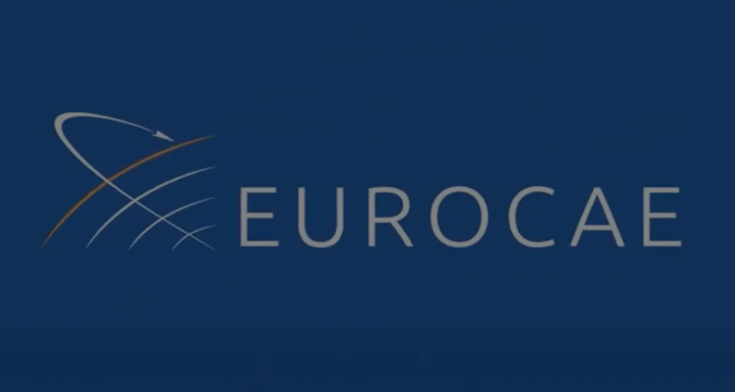
Standards working group to develop guidelines and collect best practices to support qualification and certification of Hydrogen Fuel Cell Systems.
Visit WG-80NAG & LiT are here to support you!
Stay Informed
Up-to-date information on certification via our websites and an annual (online or physical) event.
Need Guidance?
Questions about funding opportunities? We’re not the experts ourselves, but we’re happy to connect you with the right people.
Connect & Accelerate
Linking the Dutch ecosystem to EASA, international groups, and the EU CONCERTO project to streamline innovation certification.

Mark Ommert
Lead Strengthening Ecosystem
Questions or ideas? Feel free to reach out.
Activities described on this webpage are funded by the National Growth Fund as part of Luchtvaart in Transitie. This project started in 2024 and will end in 2030. Click here to learn more about Luchtvaart in Transitie.
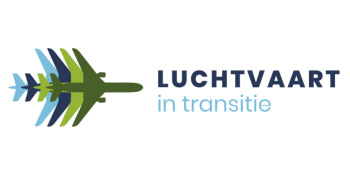
Disclaimer: the information on this page is intended as general guidance and does not replace official regulations or advice from the competent authorities or experts. We are not responsible for any incomplete or inaccurate information.
